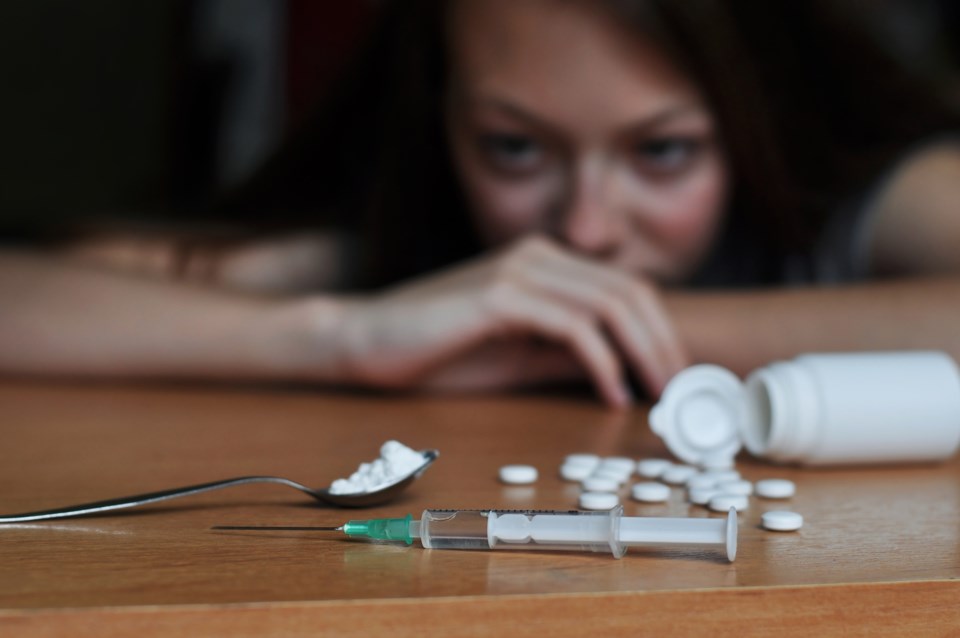The Wellington Guelph Drug Strategy says there is a high need for local, specialized treatment programs for youth with Substance Use Disorders in Guelph and Wellington.
It comes after two new research projects from Wellington Guelph Drug Strategy (WGDS) and the University of Guelph highlighted concerns about current education and access to treatment options.
Adrienne Crowder, the manager of WGDS, says the challenge with studying youth substance is getting young people to admit that they're participating in this type of behaviour, as many are underage or are engaging in an illegal act.
"It can be really hard to get accurate data, so what I'm excited about these two research projects, is it's giving us extremely local information that can help drive future action." says Crowder.
"It's fresh, it's this year, and it's right here."
Last spring the WGDS surveyed 53 young people ages 14-24 within Guelph and Wellington about opioids. They found 87 per cent were able to easily, or somewhat easily, access the drug through opioid prescriptions.
Of those surveyed, 72 per cent reported taking opioids at home and 44 per cent reported combining them with alcohol, marijuana or benzodiazepines (benzos).
When participants were asked why they use opioids, the most common answers were to manage emotional pain and for pleasure.
A release from WGDS says while youth engage in substance use as a part of adolescence, a small percentage will use substances as a way to manage their hardships.
Looking further into the causes of youth substance use, researchers from the University of Guelph studied chart reviews for 126 young people with mental illnesses, including substance disorders, at the Child and Adolescent Inpatient (CAIP) unit in Grand River Hospital.
They found a high occurrence of substance use from youth who experienced psychotrauma. According to their research, psychotrauma in young people can develop in a number of different ways. For this research, the most common psychotraumas participants experience includes their parents having mental health issues or a substance use disorder, separated parents, bullying or sexual assault.
After hospital intervention, researchers noted it can be challenging for young people with complex needs to find specialized treatment, as it may only be offered in high urban areas like Toronto, Ottawa or London.
"We're talking about youth, so these aren't people who can drive themselves," says Crowder, "so it becomes a huge barrier, both physically and psychologically, having to go off field. It really limits the number of youth who can get to those services."
If they do find some sort-of specialized treatment, it may only treat part of the problem. For example, the treatment may help the young person with their addiction, but it may not help them with their mental illness which they used substances to cope from.
"It's not like our local services aren't doing anything, but they're not designed for the problem." says Crowder, "That's not unique to Guelph. For a long time, healthcare services, the more specialized services, have historically been located in larger centres ... We know we have some high-intensity problems that we're not able to meet.
"Right now, kids are just left to spin. They don't have a place to land."
As a result, WGDS met with members from local social, healthcare and education youth services to exchange ideas for harm reduction and how to meet treatment needs. Crowder says one way to improve upon current programs is to streamline different services into one place where youth can have their needs met.
"You either get the mental health stuff treated as the primary problem, or the substance use gets treated as the primary problem, even though they're wrapped around each other." says Crowder,
"So, creating that service where there's a way to have both challenges addressed, in a way that makes sense to the youth experiencing them at the same time, is a model that we need to design."
